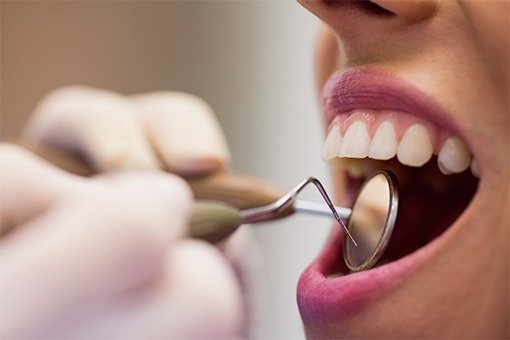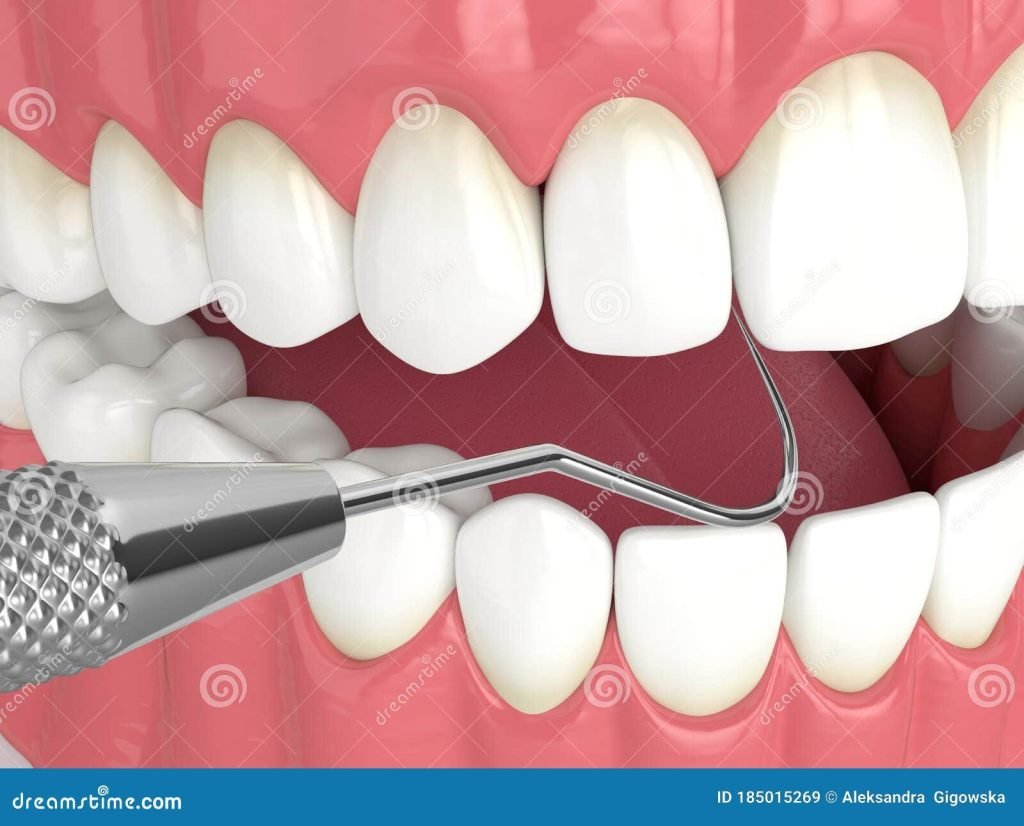The Essential Guide to Diagnostic Instruments in Modern Healthcare

Diagnostic instruments are revolutionizing modern medicine! In healthcare, these tools empower healthcare professionals to actively detect, diagnose, and manage diseases early. By using these instruments, medical professionals can efficiently and accurately pinpoint medical conditions. This blog dives deep into the fascinating world of diagnostic instruments, exploring their various types, functions, and exciting advancements. We’ll unpack their importance and see how they’re transforming healthcare!

What are Diagnostic Instruments?
Diagnostic instruments actively evaluate the physiological and biochemical status of patients. They achieve this by analyzing symptoms, measuring bodily functions, and conducting various tests. In turn, these analyses help identify medical conditions. Crucially, diagnostic instruments diagnose diseases, monitor patient progress, and guide treatment decisions. Some of the Diagnostic products are WHO PROBE, UNC15 PROBE, WILLIAM PROBES, DENTAL CPTIN 15, DIAGNOSTIC EXPLORER, EXAMINATION PROBES etc.
Types of Diagnostic Instruments
1. Imaging Devices
X-Ray Machines: X-rays pierce the body with radiation to create images of its interior. They are commonly used to examine bones, detect fractures, and diagnose conditions such as pneumonia.
CT Scanners: Computed Tomography (CT) scans provide detailed cross-sectional images of the body, combining multiple X-ray images to produce 3D representations. They are invaluable for diagnosing tumors, internal bleeding, and complex fractures.
MRI Machines: Magnetic Resonance Imaging (MRI) uses strong magnets and radio waves to generate detailed images of organs and tissues. MRI is particularly useful for assessing soft tissue structures, such as the brain, spinal cord, and muscles.
Ultrasound Machines: Ultrasound imaging employs high-frequency sound waves to create images of internal organs. It is widely used in obstetrics for monitoring fetal development and in cardiology to assess heart function.
Laboratory Diagnostic Instruments
Blood Analyzers: These devices measure various components of blood, including red and white blood cells, hemoglobin, and platelets. They are crucial for diagnosing anemia, infections, and other blood disorders.
Biochemistry Analyzers: Biochemistry analyzers test blood samples for chemical substances such as glucose, cholesterol, and electrolytes. They help in diagnosing metabolic disorders, diabetes, and liver diseases.
Microbiology Instruments: These include culture systems and automated identification machines that detect and identify microorganisms in samples, aiding in the diagnosis of infections and diseases caused by bacteria, viruses, and fungi.
Electrophysiological Instruments
Electrocardiographs (ECGs): ECGs record the electrical activity of the heart, identifying irregularities in heart rhythm and diagnosing conditions such as arrhythmias and myocardial infarctions.
Electroencephalographs (EEGs): EEGs measure electrical activity in the brain, helping diagnose neurological disorders such as epilepsy and sleep disorders.
Electromyographs (EMGs): EMGs assess the electrical activity of muscles, aiding in the diagnosis of neuromuscular disorders.
Endoscopic Instruments
Endoscopes: These flexible tubes with a camera are used to visualize internal organs and cavities. Endoscopy allows for the direct observation of conditions within the digestive tract, respiratory system, and other areas, enabling minimally invasive procedures for diagnosis and treatment.
Diagnostic Testing Kits
Rapid Diagnostic Tests: These kits provide quick results for various conditions, including infectious diseases (e.g., COVID-19, influenza) and pregnancy tests. They are designed for ease of use and provide results within minutes.
Advancements in Diagnostic Instruments

The field of diagnostic instrumentation has seen significant advancements in recent years, driven by technological innovations and a deeper understanding of disease mechanisms. Some notable advancements include:
Artificial Intelligence (AI) and Machine Learning: AI algorithms dive into complex medical data, uncovering hidden patterns and predicting outcomes to enhance diagnostic accuracy. Machine learning models are revolutionizing clinical decision-making by actively supporting analysis in imaging, pathology, and genomics.
Minimally Invasive Technologies: Innovations such as advanced endoscopic techniques and micro-invasive sensors reduce the need for open surgeries and provide more precise diagnostic information with less patient discomfort.
Wearable Health Devices: Wearable technology, such as smartwatches and fitness trackers, monitors vital signs and physiological parameters continuously. These devices provide valuable data for early detection of health issues and proactive management of chronic conditions.
Genomic and Molecular Diagnostics: Advances in genomics and molecular biology have led to the development of diagnostic tests that analyze genetic material. These tests identify genetic predispositions to diseases, guide personalized treatment plans, and enable early intervention for hereditary conditions.
The Impact of Diagnostic Instruments on Patient Care
Diagnostic instruments have a profound impact on patient care by:
Early Disease Detection: Accurate and timely diagnosis enables early treatment, improving patient outcomes and potentially saving lives.
Personalized Medicine: Advanced diagnostic techniques allow for personalized treatment plans based on individual patient profiles, leading to more effective and targeted therapies.
Efficient Monitoring: Diagnostic instruments facilitate ongoing monitoring of chronic conditions, enabling healthcare providers to make informed decisions and adjust treatments as needed.
Reduced Diagnostic Errors: Modern diagnostic tools empower doctors to pinpoint illnesses with greater accuracy, significantly reducing misdiagnoses. This translates to better patient care and fewer unnecessary procedures.
Challenges and Future Directions
Diagnostic instruments, despite their benefits, struggle with high costs, require skilled operators, and raise concerns about data privacy and security. Future directions in the field include:
Integration of AI and Big Data: AI and big data analytics can revolutionize healthcare by significantly improving diagnostic accuracy, streamlining efficiency, and granting the power to predict disease outcomes.
Development of Point-of-Care Testing: Point-of-care testing technologies are surging forward, making diagnostic tools much more accessible and convenient, particularly for remote and underserved areas.
Focus on Precision Medicine: Researchers are constantly pushing the boundaries of precision medicine by developing new diagnostic instruments. These tools will allow doctors to tailor treatments to individual genetic profiles and specific health conditions.
Conclusion
Modern healthcare actively leverages diagnostic instruments to unlock critical insights into patients’ health. These tools guide the development of effective treatment strategies. From imaging devices to laboratory analyzers, and even cutting-edge wearables, these technologies are revolutionizing disease detection and management. As technology continues its relentless march forward, the field of diagnostic instruments will undoubtedly witness even more innovations, further enhancing patient care and outcomes around the world.

Hey, Jack here. I’m hooked on your website’s content – it’s informative, engaging, and always up-to-date. Thanks for setting the bar high!